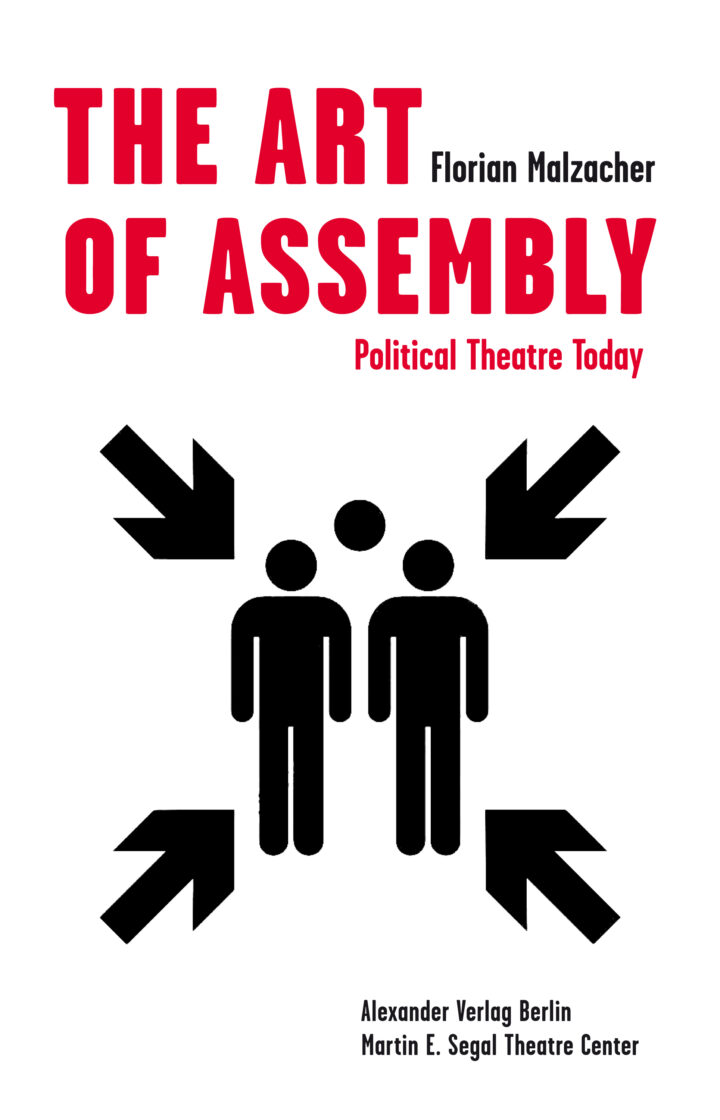The more the time we are living through seems out of joint, the harder it has been for the theatre, which in the past was often looked upon as „the“ political art, to find its footing.
Either theatre doubts its own social relevance, or it delegates this relevance to specific political, but not necessarily artistic, action. Or then again it resorts to old aesthetic devices that are essentially restricted to frontal, critical presentations of grievances, but finds no proper (that is, itself political) form for this strategy.
Yet there exists again, after a period of mainly narrative theatre in the 1970s and 80s, followed by post-dramatic forms that focused on the medium and its aesthetics themselves, a strong desire for political theatre. A theatre that finds not only access to important social issues, but is itself a political space and public sphere. Yet there is no longer a common short organum for the theatre (Bertolt Brecht, 1948) that we could follow. We find ourselves in a period of experimentation, of searching – on the part of both artists and audience. There are, however, plenty of artistic approaches that make clear again the potential of political theatre.


